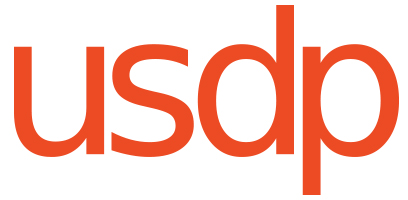Performance Max Best Practices: Key Things to Know Before Launch
Understanding Performance Max best practices can help you avoid costly mistakes and get the most out of your campaigns. Here are a few things to keep in mind if you are considering trying Google’s Pmax.
Posted: Apr 9, 2025
Last Updated: Apr 10, 2025

Performance Max (PMax) campaigns on Google Ads can be a powerful tool for driving conversions and revenue for your business. Understanding Performance Max best practices can help you avoid costly mistakes and get the most out of your campaigns. They give you access to the full suite of Google’s Advertising services, all managed adaptively by AI. Many businesses have seen huge success through their PMax campaigns, but they are not necessarily the best tactic for everyone, at least not yet.
Here are a few things to keep in mind if you are considering trying Google’s Pmax.
PMax is a legitimate ‘black box’.
Google serves your ads across all of its inventory (Search, Display, YouTube, Shopping, Gmail, etc.), but doesn't tell you how your budget is being split amongst these channels. They also give you very limited data on search terms, performance by Asset Group, and other things that any paid specialist would love to see.
Performance Max Best Practices Tip: there are a few Google Ads scripts that will export data from the platform and into a sheet to give you enhanced visibility.
Exclusions are a major challenge.
Whether it's weeding out branded traffic, trying to filter out unwanted search terms with negative keywords, or excluding unwanted placements, Google hasn't made it easy, and PMax campaigns don't play by the same rules as other campaign types. The branded traffic issue is a major one because it tricks many people into thinking that their PMax campaigns are crushing it when in fact, they are just spending money to drive traffic that was already on the way to your site and otherwise would've converted organically.
There is no true control over targeting.
Rather than explicitly targeting a specific keyword or audience like you would with other campaign types, PMax relies on "Search themes" and "Audience signals" for targeting. These mechanisms can best be viewed as suggestions to the algorithm of the types of people you'd like to get in front of, but there's no way to guarantee your ads show to any specific audience or set of keywords.
Performance Max Best Practices Tip: Be strategic with your audience signals and search themes to guide the algorithm as much as possible, but don’t expect precise control.
I hope this was helpful to those of you who have either been encouraged to test PMax by a Google rep or were unfamiliar with this relatively new offering.
If you'd like to spin up a test campaign or just want a second set of eyes on one that you've launched yourself, we'd be more than happy to take a look!

US Digital Partners
Content Strategy Team